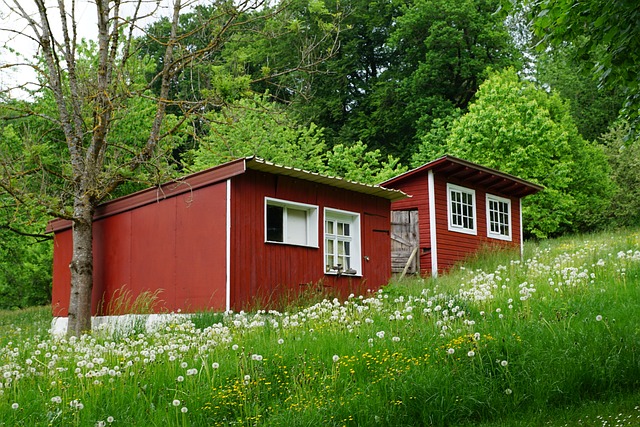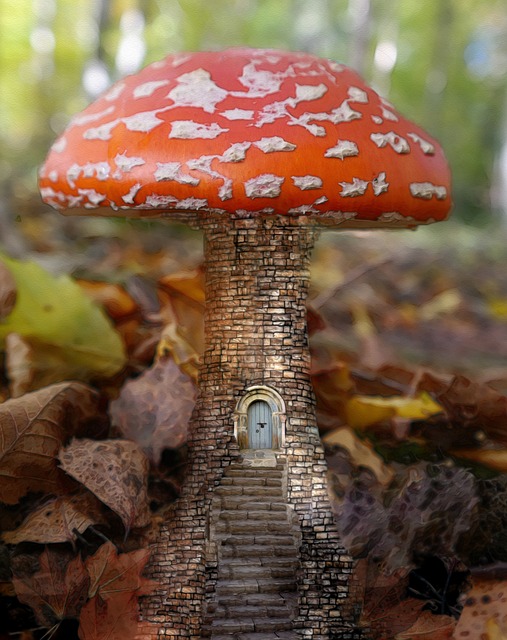The rise of tiny homes in real estate challenges traditional living space notions by offering a sustainable, eco-friendly alternative. Emphasizing compact design, these homes encourage functional living and efficient resource use, appealing to environmentally conscious individuals. By prioritizing minimalism and innovative use of space, the trend redefines "better" beyond size, promoting smaller ecological footprints and simpler lifestyles. Downsizing leads to reduced carbon footprints, lower energy consumption, and a closer connection with nature.
In today’s world, there’s a growing movement towards sustainable living, prompting a reevaluation of traditional real estate norms. This article explores eco-friendly alternatives to larger dwellings, focusing on three key aspects: tiny homes as minimal and sustainable solutions; the rise of co-living spaces and their community benefits; and innovative design trends that maximize space and minimize waste. Discover how these approaches are revolutionizing the real estate landscape and contributing to a greener future.
Redefining Living Spaces: Tiny Homes as Sustainable Solutions

In recent years, the concept of tiny homes has emerged as a compelling alternative to traditional larger dwellings in the real estate market. This trend isn’t just about downsizing; it’s a conscious choice to redefine living spaces with an eco-friendly mindset. Tiny homes offer a sustainable solution for individuals and families seeking a simpler, more intimate lifestyle while minimizing their environmental impact.
By embracing compact living, tiny homes challenge the notion that bigger is always better. They encourage occupants to prioritize functionality and maximize every square foot, often featuring clever design elements like multi-functional spaces and creative storage solutions. This focus on efficiency reduces the overall resource consumption associated with larger homes, making them an attractive option for environmentally conscious folks in the real estate market.
– Exploring the concept of tiny homes and their environmental benefits.

Tiny homes are a growing trend in the real estate world, offering a compelling alternative to larger dwellings. These compact living spaces prioritize functionality and minimalism, reducing environmental impact through efficient use of resources. By downsizing, individuals can lower their carbon footprint significantly, as smaller homes require fewer materials for construction and less energy for heating, cooling, and lighting.
Moreover, the micro-living movement promotes sustainable practices by encouraging a closer relationship with nature. Tiny homes often incorporate eco-friendly features such as solar panels, rainwater harvesting systems, and energy-efficient appliances, further minimizing residents’ ecological footprint. This shift towards smaller, more sustainable living arrangements not only benefits the environment but also offers a cost-effective and liberating lifestyle choice for many.
– How minimalism contributes to a reduced carbon footprint.

Minimalism is more than just a design trend; it’s an eco-friendly mindset that can significantly contribute to reducing an individual’s carbon footprint in the real estate sector. By adopting a minimalist approach, homeowners can make conscious choices to simplify their living spaces and, consequently, their lifestyles. This philosophy encourages owning fewer materials and resources, which translates into less energy consumption for production, processing, and transportation.
In the context of real estate, embracing minimalism means downsizing or rethinking the layout of dwellings. Smaller homes demand less construction material, reducing the carbon impact during the building process. Additionally, less space often means lower heating and cooling requirements, leading to a smaller environmental footprint over time. This practice not only benefits the planet but also promotes a simpler, more mindful existence where possessions are chosen for their functionality and value rather than quantity.






